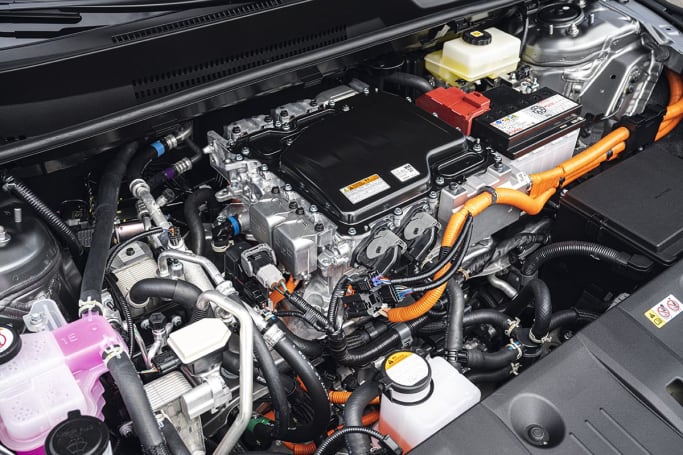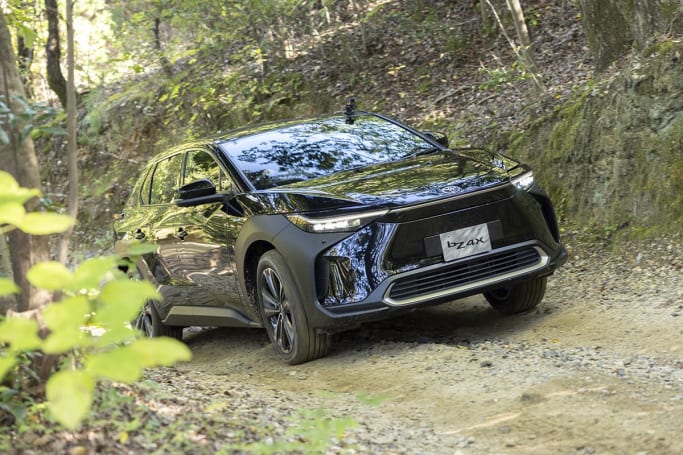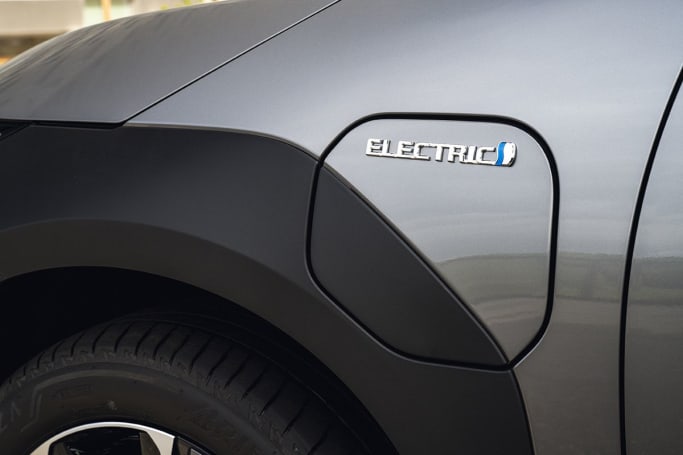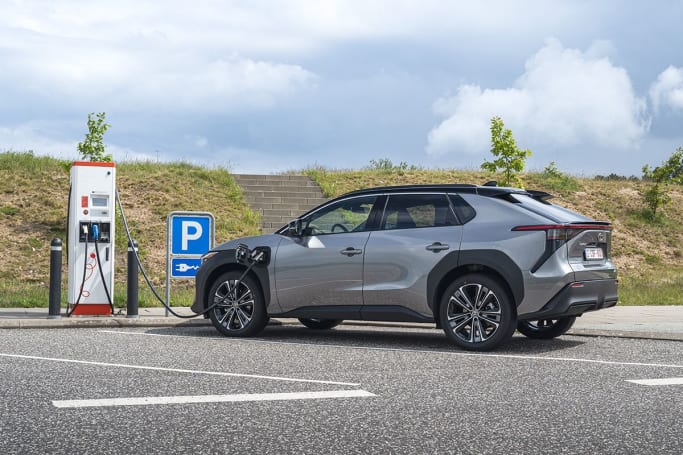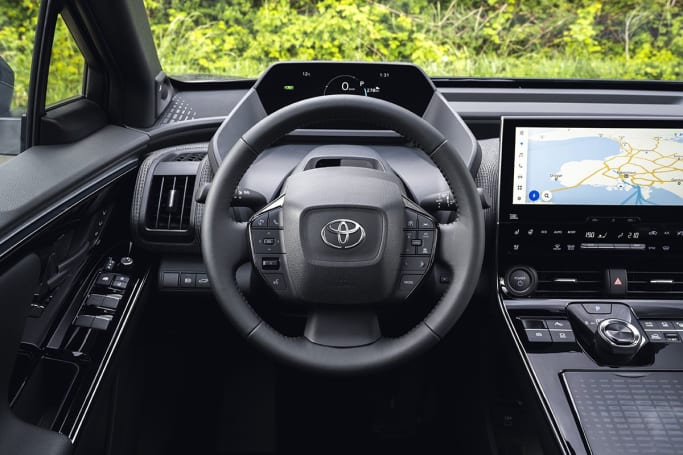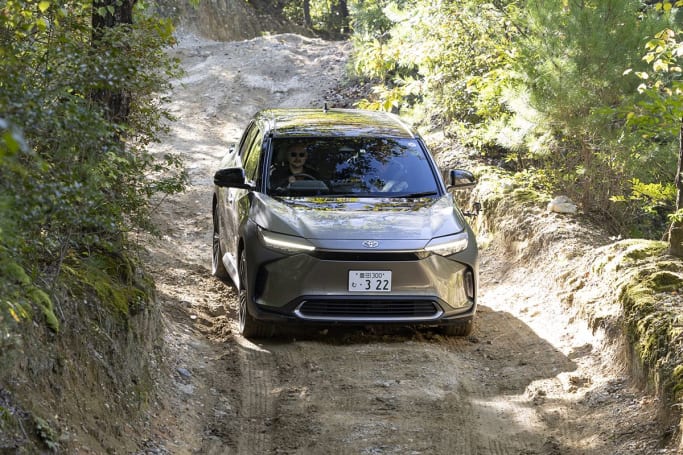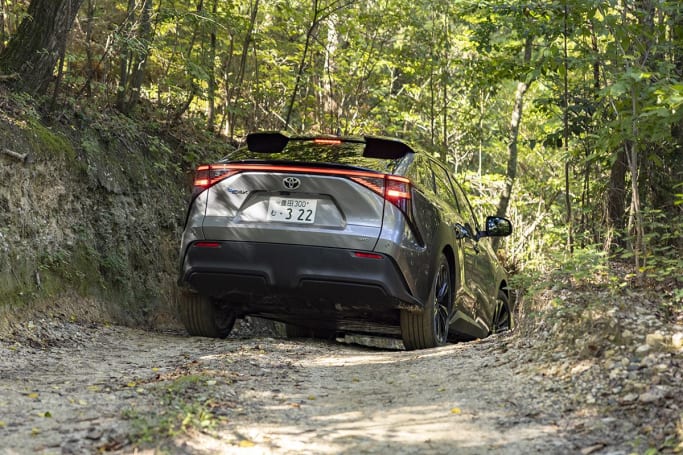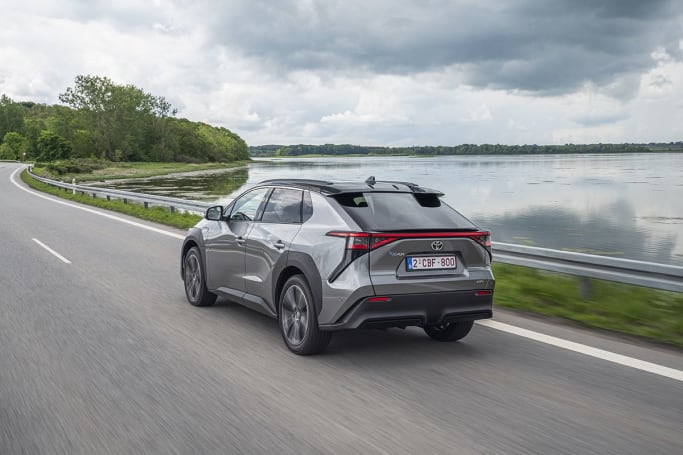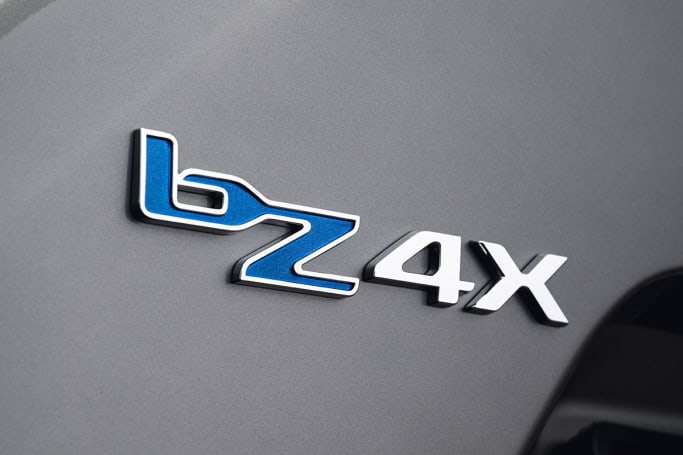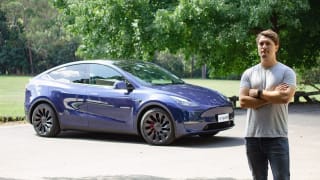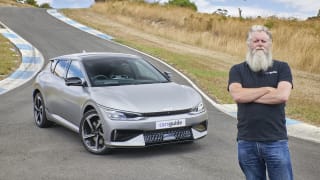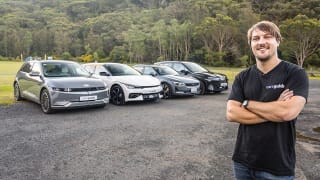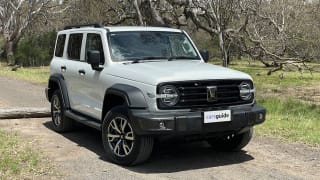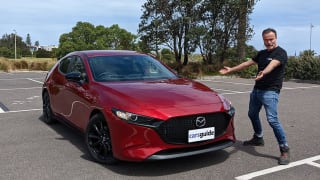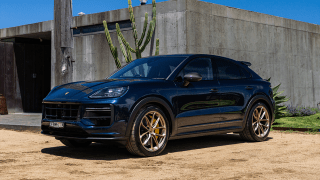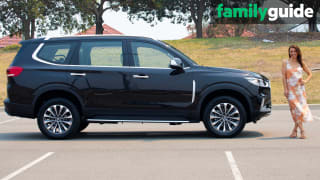It’s November, 2023, and Toyota still hasn’t released any bZ4X pricing or specification details for Australia.
However, Toyota boss Sean Hanley has said ‘very competitive’ vehicle leasing packages will be announced shortly through the brand’s finance arm. Stay tuned.
The bZ4X name, by the way, refers to “beyond Zero-emissions 4 X-over”, with the ‘4’ and ‘X’ referencing it as a RAV4-sized medium SUV.
Key crossover rivals are expected to be the BYD Atto 3 from $48,011 (all prices are before on-road costs, unless otherwise stated), Hyundai Kona EV from $55,000, Hyundai Ioniq 5 from about $65,000, Kia Niro Electric from about $66,000, Tesla Model Y from about $66,000, Kia EV6 from about $73,000, and Subaru Solterra AWD and BMW iX1 each from under $80,000 apiece.
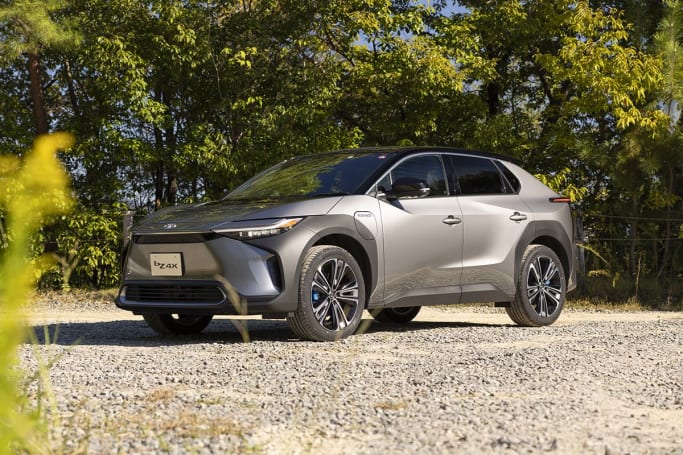
We should also throw in lower-riding hatchbacks such as the Cupra Born from $60,000 and Polestar 2 from about $68,000.
That’s quite a mix of EVs, and we’re expecting the bZ4X to slot somewhere between the base Ioniq 5 and EV6, so from about $70,000.
Of course, it all depends on how Toyota specifies it.
Features? Abroad, there’s a choice of an 8.0-inch in base grades, or an expansive 12.3-inch central touchscreen for the multimedia system, as well as a 7.0-inch digital instrumentation screen ahead of the driver.

Expect a long list of driver-assist safety tech, such as autonomous emergency braking (AEB), full stop-go adaptive cruise, lane keep alert/assist and blind-spot alert/assist systems, along with powered driver’s seat, heated front seats, a powered tailgate and 18-inch alloy wheels all as standard.
Whether we get to see the solar panel roof, up-spec audio system, synthetic leather upholstery, steer-by-wire yoke steering wheel, and heat pump offered in overseas versions remains to be seen.
More info will be revealed closer to the bZ4X’s February release in Australia, so stay tuned.
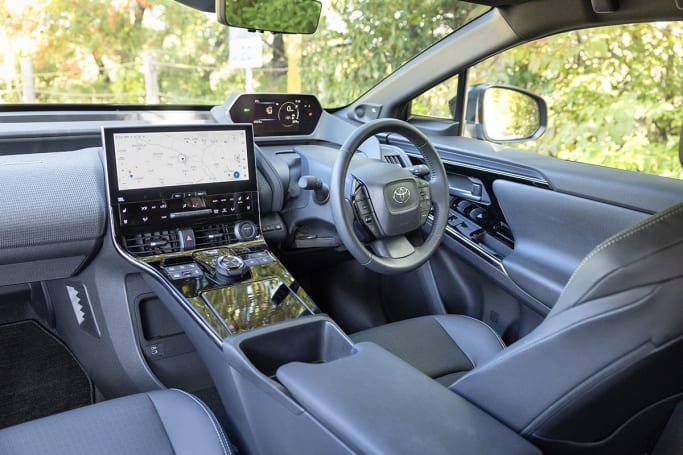



.jpg)
.jpg)
.jpg)
.jpg)
.jpg)
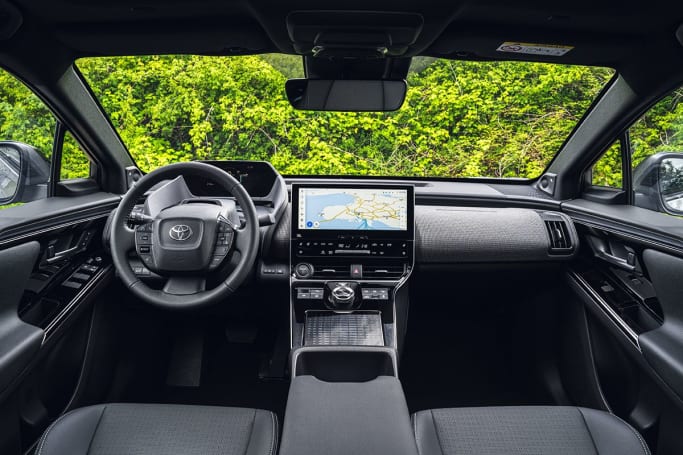

.jpg)
.jpg)
.jpg)
.jpg)
